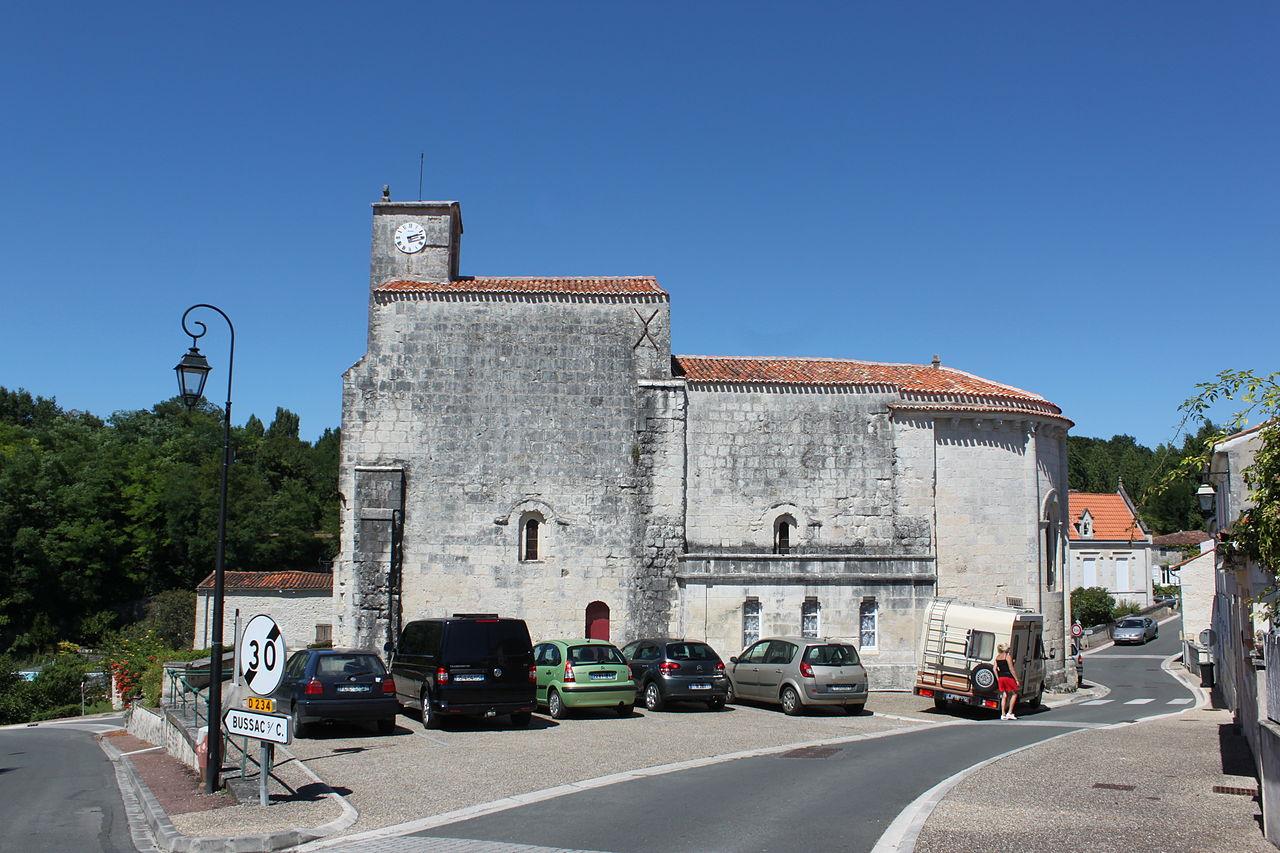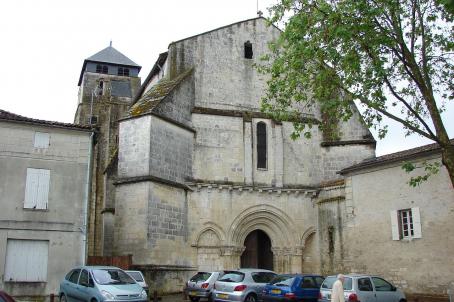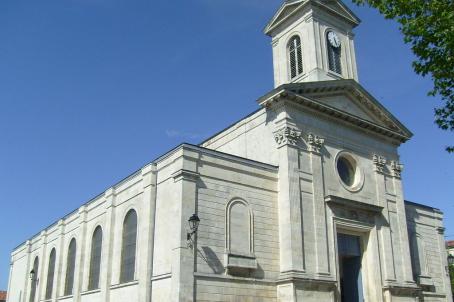Église Saint-Vivien

The church of Saint Vivien was built in the 11th or 12th century. Around the 13th or 14th century, the two bays of the nave were vaulted; the one next to the entrance has its vault intact; the other one barely shows remains of arches. We also know that the church was decorated with paintings. The artists of the time decorated the walls and columns with ochre and yellowish tones.





